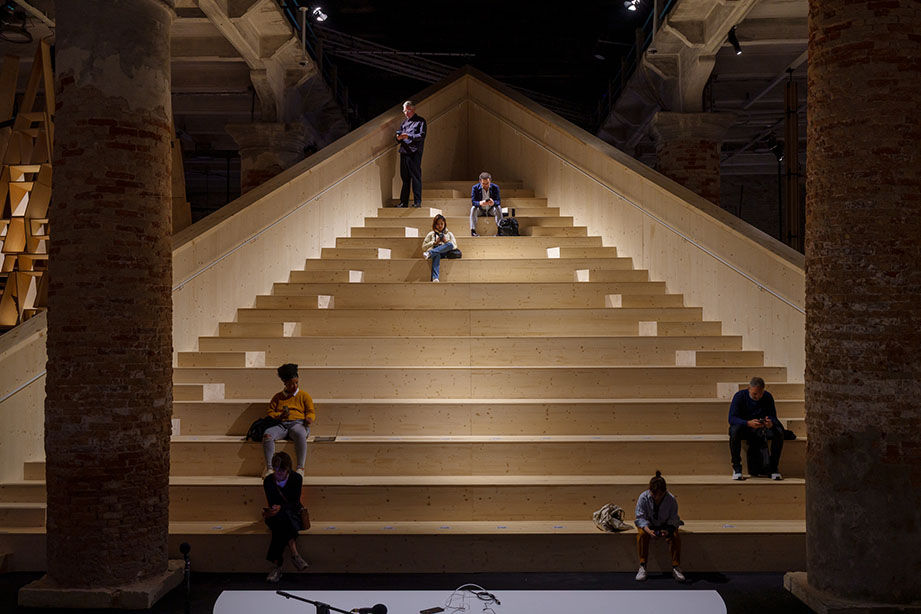ARTIFICIAL INTELLIGENCE AS A NEW LANGUAGE OF ARCHITECTURE
- ARTISTIC HUB MAGAZINE

- Aug 28
- 2 min read
The 19th International Architecture Exhibition in Venice has opened under the title Intelligens. Natural. Artificial. Collective. Curator Carlo Ratti introduced a fresh perspective. Instead of seeing architecture through the lens of mitigating climate impacts, it is presented as a field of adaptation. Within this framework, artificial intelligence holds a special place, not as a substitute for human creativity but as an extension of human experience.
At the Corderie dell’Arsenale, visitors enter a living laboratory where natural, collective, and artificial intelligence intertwine. Rather than traditional panels and texts, the Biennale offers digital companions. One of them, Spatial Intelligens, recognizes space from a photograph and guides visitors through the exhibition, while In Other Words transforms the catalogue into a polyphonic audio guide. These tools do not take authorship away; they expand it, opening a space for both personal and shared interpretation.
The experience is designed so that body and mind respond together. The installation Terms and Conditions creates a moment in which the visitor physically feels the heat and humidity produced by air-conditioning systems. Immediately after, a wall of 1,500 bricks in The Other Side of the Hill translates demographic data into architecture that can be touched. In both cases, technology remains in the background while human perception leads the story.
Generated Living Structure; Photo by Marco Zorzanello; 19th International Architecture Exhibition of La Biennale di Venezia Intelli gens. Natural. Artificial. Collective. Courtesy: La Biennale di Venezia
The question of authorship is central. Ratti emphasizes that architecture in times of change must be a collective act. The Biennale therefore presents projects that blur the boundary between human and machine. In Domino 3.0 Generated Living Structure, Kengo Kuma and his team use AI to discover how irregular pieces of wood can form a perfectly integrated construction. Another section explores new materials such as bioconcrete and banana fibers, assisted by algorithms that accelerate discovery. The goal is not for technology to replace the idea but to make natural patterns audible and visible again.

Generated Living Structure; Photo by MarcoZorzanello; 19th International Architecture Exhibition of La Biennale di Venezia Intelli gens. Natural. Artificial. Collective. Courtesy: La Biennale di Venezia
At the public forum Speakers’ Corner, architects, critics, and visitors engage in conversations that turn the exhibition into an open arena for the exchange of ideas. This structure demonstrates how authorship expands, with AI serving as a mediator between professional language and a wider audience. Harvard GSD Review emphasizes that the balance between low-tech and high-tech solutions shines most clearly, while Wallpaper observes that the AI summaries introduce an additional layer of doubt and raise questions of trust within the gallery experience.

In Venice this year, technology is not celebrated as an end in itself. What is celebrated is the human ability to weave technology into the culture of building and sharing knowledge. The exhibition unfolds as a network of condensed insights, voices, and prototypes that point toward a city capable of understanding its own processes and adapting to them.







